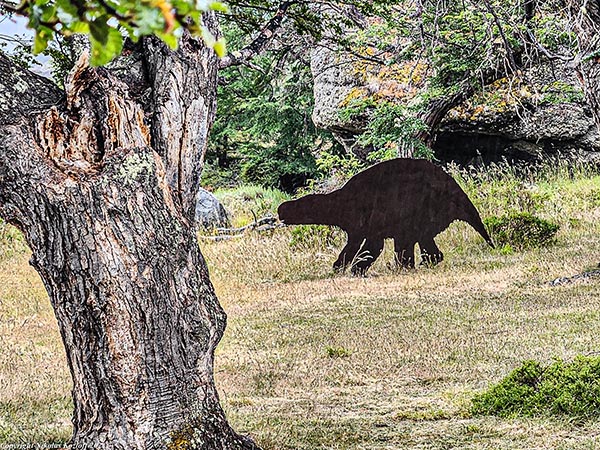
Ancient Sloth Cave and Torres del Paine National Park
From Punta Arenas, I traveled several hours north to the ancient ground sloth cave: Mylodon, which lived between 1.8 million years 12,000 years ago. Remains have been found throughout South America, demonstrating Mylodon was adaptable to cold climates. Though it was mainly vegetarian, Mylodon was also an opportunistic omnivore. In contrast to some of its relatives, Mylodon did not burrow or climb trees. To this day, we don’t know what caused Mylodon’s extinction, though almost certainly climate change was a factor (for more on Mylodon, see my previous post from Argentina here). Discovered in 1895 by German explorer Hermann Eberhard, Mylodon cave contained exceptionally well-preserved remains including pieces of skin, fur and dung. Chile’s early human settlers also inhabited the cave, where they sought refuge from the weather and other threats.






Nearby, I visited Torres del Paine National Park.






Leave a comment